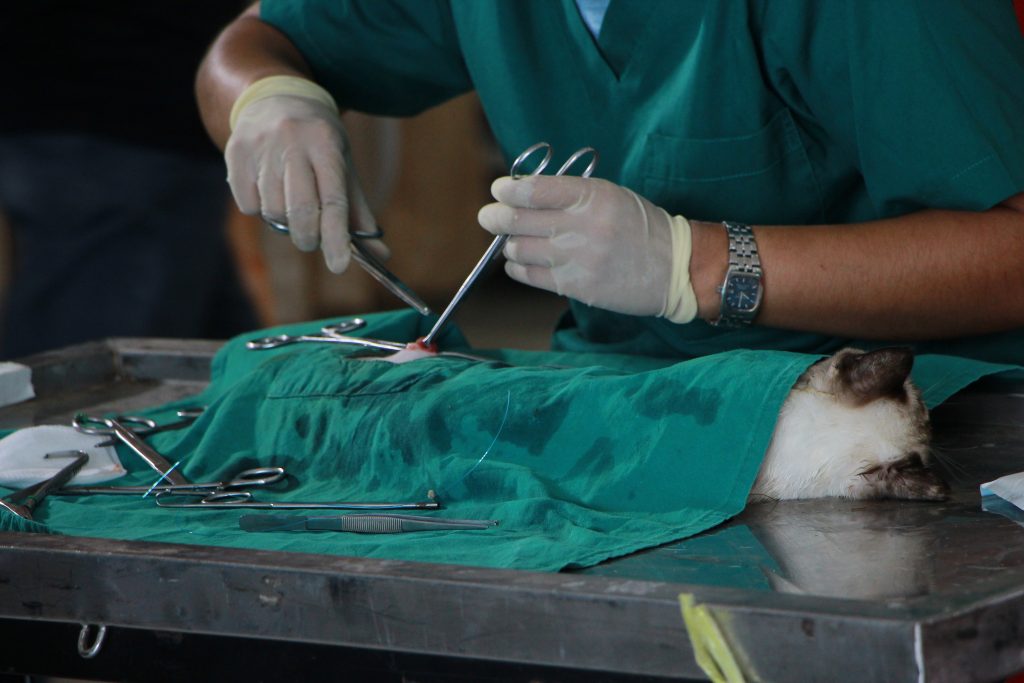Global Veterinary Equipment and Disposables Market Growth, Economic Effects and Advancement Strategies
The global veterinary equipment and the disposable market are expected to exhibit a healthy growth rate in the coming years. The increase in demand for pet products and advances in geriatric care are some factors responsible for this growth. Additionally, the rise in disposable income and higher adoption levels of technology are also expected to drive this market.
Veterinary equipment can be categorized into;
- Disinfectants
- Anaesthesia
- Diagnostic kits
- Surgical kits
- Examination tables
- Centrifuges
- Hypodermic needles
- Scissors blades
- Hand-held ultrasound machines (Vetscope)
- Analgesics
- Sedatives and their subcategories, such as tablets, capsules, granules, powder form or liquid forms
The global veterinary equipment and disposables market driving factors
Advances in animal husbandry
Over the past few decades, animal husbandry has grown many advances. This has led to better animal care and more efficient meat, milk, and egg production.
One significant advancement has been in the area of vaccines and disease control. Vaccines have been developed for a number of diseases that affect livestock, including foot-and-mouth disease, swine flu, and avian influenza. These vaccines have helped to prevent these diseases from spreading and causing major outbreaks.
Another area where there have been significant advances is nutrition. Nutritional requirements for livestock have been better understood, and new feeds have been developed that are more nutritious and easier to digest. This has led to healthier animals that grow more quickly and produce more milk or meat.
Finally, new technologies have been developed that help farmers to monitor their animals more closely.
The growing prevalence of zoonotic diseases
As the world becomes more interconnected, the risk of zoonotic diseases – those that can be transmitted from animals to humans is increasing. In recent years, we have seen a number of outbreaks of zoonotic diseases, including Ebola, SARS and avian influenza. The growing prevalence of zoonotic diseases is a major concern for public health authorities around the world.
Several factors contribute to the growing prevalence of zoonotic diseases. First, as global trade increases, so does the movement of animals and animal products around the world, and this increases the chances that diseases will spread from one country to another. Second, as more people move into urban areas and come into contact with animals, they are at greater risk of contracting a zoonotic disease.
The increased demand for pet insurance
As the human population continues to grow, so does the number of pets. According to the Pet Food Manufacturers Association, there are more than 13 million pet dogs and 12 million pet cats in the United Kingdom alone. This increase in pet ownership has led to a corresponding increase in demand for pet insurance.
Pet insurance is designed to help cover the cost of veterinary care, which can be expensive. In addition to routine care such as vaccinations and checkups, pets may need treatment for accidents or illnesses. Veterinary costs have been rising in recent years, and pet insurance can help owners budget for these expenses.
There are a variety of pet insurance plans available, and owners should shop around to find one that best meets their needs. Some plans cover only certain types of expenses, while others have deductibles and copays .
The challenges faced by the veterinary equipment and disposables market
The key players in the market are striving to gain a competitive edge over their rivals by adopting various strategies such as product innovation, mergers and acquisitions, and expansion into new markets.
There are several challenges that the market faces, including regulatory hurdles, pricing pressure from generic products, and competition from in-house manufacturing.
Regulatory hurdles include the need for CE marking and FDA approval for veterinary products. This can be a lengthy and expensive process, which can deter small companies from entering the market. In addition, changes in government regulations can create uncertainty for manufacturers and lead to delays in product launches. Pricing pressure from generic products can also be a challenge for the market. Generic products are usually priced much lower than branded drugs when they launch, which can hurt the sales of brands.
The future of the veterinary equipment and disposables market
The veterinary industry is forecast to grow significantly in the next decade and will continue to grow. The expansion of pet ownership and the increasing awareness of animal health are the primary drivers of this market growth.
The veterinary equipment and disposables market is expected to reach USD 24.8 billion by 2025 from USD 16.5 billion in 2020, at a CAGR of 8.7%. The increase in pet ownership, rise in disposable income, and growth in the number of veterinary practitioners are the major factors driving the growth of this market.
There is a growing trend of animal owners opting for better quality care for their pets, which has resulted in an increased demand for technologically advanced equipment and disposables. This trend is expected to continue in the future as pet owners become more aware of recent advancements in veterinary care.



